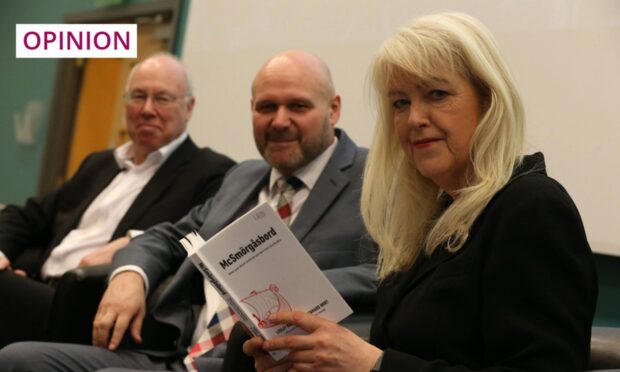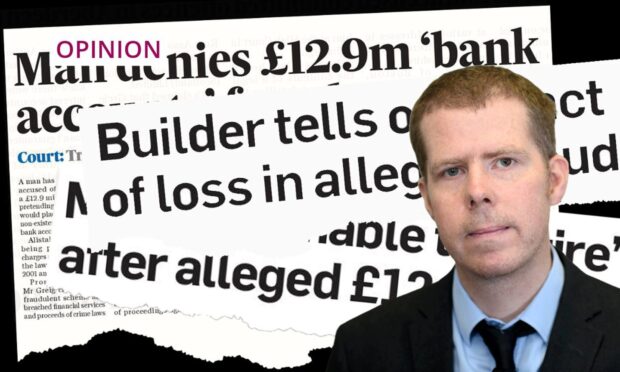In 2015, when my GP finally said the words: “I think you may have PTSD”, I was confused.
I hadn’t been to war, or been in the armed forces, so how could I have post-traumatic stress disorder (PTSD)? I wrongly thought it was only people in the military who could have this condition.
The more I found out about the PTSD, the more it made sense. Maybe I wasn’t going mad after all. I had been living with debilitating, exhausting, uncontrollable and crippling fear – constantly stuck in a fight, flight, freeze adrenaline surge. I was terrified of everything and everyone, and unable to do any normal day-to-day activities, including just being myself.
This all came as a result of being assaulted two years earlier.
I wasn’t me anymore
At times I was unable to move, breathe or speak from the all-encompassing fear brought on by simply trying to go about my everyday life.
I developed psoriasis under my eyes from crying so much. Doctors wanted to put me on beta blockers so I didn’t damage my heart from putting it under too much stress. I didn’t sleep for more than an hour at a time, being woken by the slightest sound and immediately going into full panic mode.
It became so frustrating to live with a condition that nobody seemed to understand – or, perhaps more damagingly, thought they understood but didn’t
My muscles and joints were in agony from being tense and on alert for dangers I perceived in everything around me. I’d chip my fillings out from clenching my teeth so hard.
I made life difficult for everyone around me. I wasn’t me anymore. I became a highly sensitive yet faulty CCTV system.
I couldn’t go out alone, but I couldn’t be alone in the house either. Being signed off work for four months was helpful, painful and awful all at the same time.
PTSD is an ancient condition – yet totally misunderstood
PTSD is as ancient as humankind and can occur in all people, of any ethnicity, nationality, gender, occupation or culture, and at any age. It can develop after experiencing or witnessing a traumatic, life-threatening event or serious injury.
The condition is estimated to affect over 10% of the population at some point during the course of their lives – so why is it still so misunderstood, misdiagnosed and stigmatised?
The term post-traumatic stress disorder was actually only introduced in the 1980s. Much of the misunderstanding around PTSD is due to the various names it has previously been given – shell shock, combat stress reaction or post-Vietnam syndrome.
Many people still associate PTSD with the military, even though the condition has no concern for your occupation. It can affect anyone who has gone through a traumatic experience, from assault and road traffic accidents to natural disasters, domestic and child abuse, acts of terrorism and traumatic childbirth.
When I told people I had PTSD after my diagnosis, I received mixed reactions, from: “Oh, I didn’t know you were in the armed forces” and: “Perhaps some counselling will help you move on”, to the dreaded: “You just need to get over what happened. Be a strong person and forget about it.”
It became so frustrating to live with a condition that nobody seemed to understand – or, perhaps more damagingly, thought they understood but didn’t.
Knowledge is power
For me, help came in the form of a psychotherapy called eye movement desensitisation reprocessing (EMDR). After the treatment, which only took six sessions, I was able to be in an unlocked car alone, have a bath in an empty house, play music or use a noisy vacuum cleaner when I was at home by myself, go out in my garden and even drive with the windows down. Small things, yes, but massive changes for me. I was able to go back to work and return to the old me with no PTSD symptoms at all.
Given the prevalence of PTSD, you may have friends and family who will experience it at some point in their lives. So how can we best support people with the condition?
I’ve always felt that knowledge really is power when it comes to this disorder. If you understand the physical symptoms, how they can make you feel mentally and, most importantly, the treatments that can help you, then you’ll be able to start down the path to recovery when you’re ready.
PTSD can make you feel so helpless, alone and isolated from those around you. Knowing that someone understands a little more about it, is able to empathise with how you feel and will be patient with you can mean the world.
Not even my GP knew enough about PTSD – and I’m not willing to accept a lack of knowledge for others feeling stuck in the same situation I was in.
Jacqui Suttie set up PTSD UK – a charity which aims to help raise awareness of the condition, its causes, symptoms and the treatments available, for everyone affected, no matter the trauma that caused it











